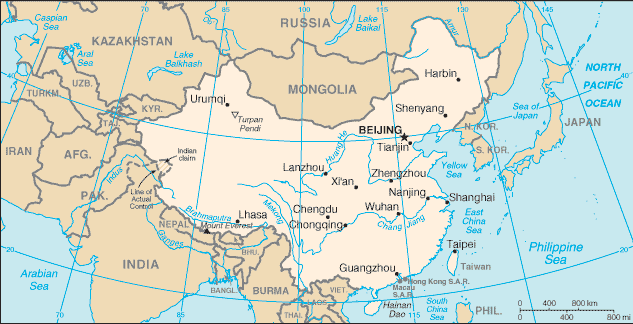The National Health and Family Planning Commission in China announced that 45 additional human cases of avian influenza A(H7N9) were recorded from January 30 to February 5.

The 31 male and 14 female patients aged from 27 to 83 had their onset from January 16 to February 1. The cases were from Zhejiang (12 cases), Jiangsu (10 cases), Anhui (six cases), Fujian (five cases), Guangdong (four cases), Hubei (four cases), Jiangxi (three cases), and one case in Sichuan. Among them, 15 reported exposure to poultry or poultry markets while the source of infection of 30 cases was still under investigation.
Since late 2016, the number of human H7N9 cases reported in the Mainland hugely increased from six in November 2016 to 106 in December 2016 and 235 from January 1 to February 5, 2017. The number of cases in this wave so far has been much higher than that in the same period last winter.
According to the Chinese Center for Disease Control and Prevention, about 90 per cent of the patients reported exposure to live poultry, mostly with exposure to live poultry markets (LPMs). There was also an increase in environmental contamination with H7N9 virus as reflected by the positive rate of environmental samples collected from LPMs or other live poultry-related environments in affected provinces.


One thought on “China reports dozens of additional H7N9 bird flu cases”